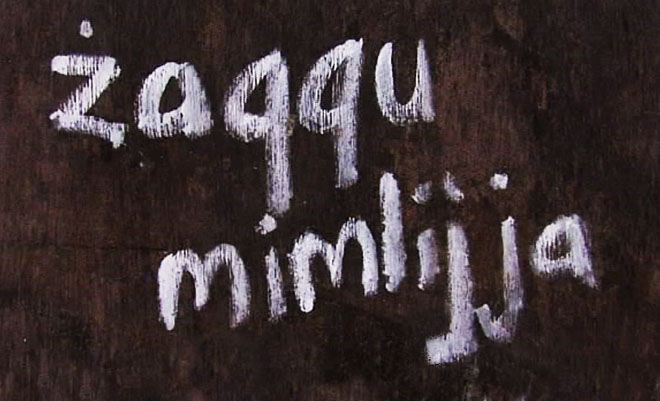have you ever wondered why meat becomes brown when you cook it?
why jelly is produced if you boil bones and then let it cool?
why custard when you fuck it up becomes scrambled eggs?
how whipped cream gets stiff, and why it can come out of a can ready and whipped?
why eggs solidfy when heated whilst cheese melts when heated?
or why cotton candy forms the way it does?
well i have
and i don't know any of the above answers to fine scientific detail
however a certain french scientist Herve This and a physicitst Nicholas Kurti investigated the science of the kitchen back in the late sixties
and as a result they coined the term molecular gastronomy
today molecular gastronomy is mostly attatched to certain restaurants who have applied some of This' and Kurti's findings and have contiuned to research in their own kitchen-laboratories
two of the most popular of these are Ferran Adria of El Bulli in Roses Spain
and Heston Blumenthal of The Fat Duck in Bray, Berkshire, England
Blumenthal is responsible for such food creations as the bacon and egg ice-cream, the snail porridge, oyster and passionfruit jelly with lavender, triple-cooked chips, and poached breast of Anjou pigeon with pancetta
although some of his ideas sound less palatable i would want to taste Bluimenthal's dishes at least once
an interesting technique that Blumenthal propounds is the cooking of certain foods at very slow speeds
for example cooking meat for up to 24 hours on very low temperartures
Adria is the one that i m most interested in, i ve been reading about him for more than a year
and the El Bulli restaurant is one that i will definetely eat in one day, (i hope)
he is responsible for culinary foam such as foamed espresso, foamed mushroom, foamed beet and foamed parsley
this foam is put on top of food to complement and garnish
he is also well known for the inventions of liquid pea ravioli -which holds itself together much like an egg yolk does- and for fruit caviar which has the exact texture and make up of caviar but is made of fruit puree
these last ones hold themselves together using a similar technique as far as i can understand
however it is difficult to replicate it in a normal kitchen since you need these two chemicals which in turn they also need to be graded for human consumption
since i discovered how to embed youtube videos in here you will probably be seeing more visual content along with your reads here is a four part tv documentary on Ferran Adria and his food
and here is Blumenthal's quest for the perfect pizza:

2 comments:
http://achewood.com/index.php?date=01262007
This is an apt comment on molecular gastronomy I think.
hehe
cheers man
i ll link it
Post a Comment